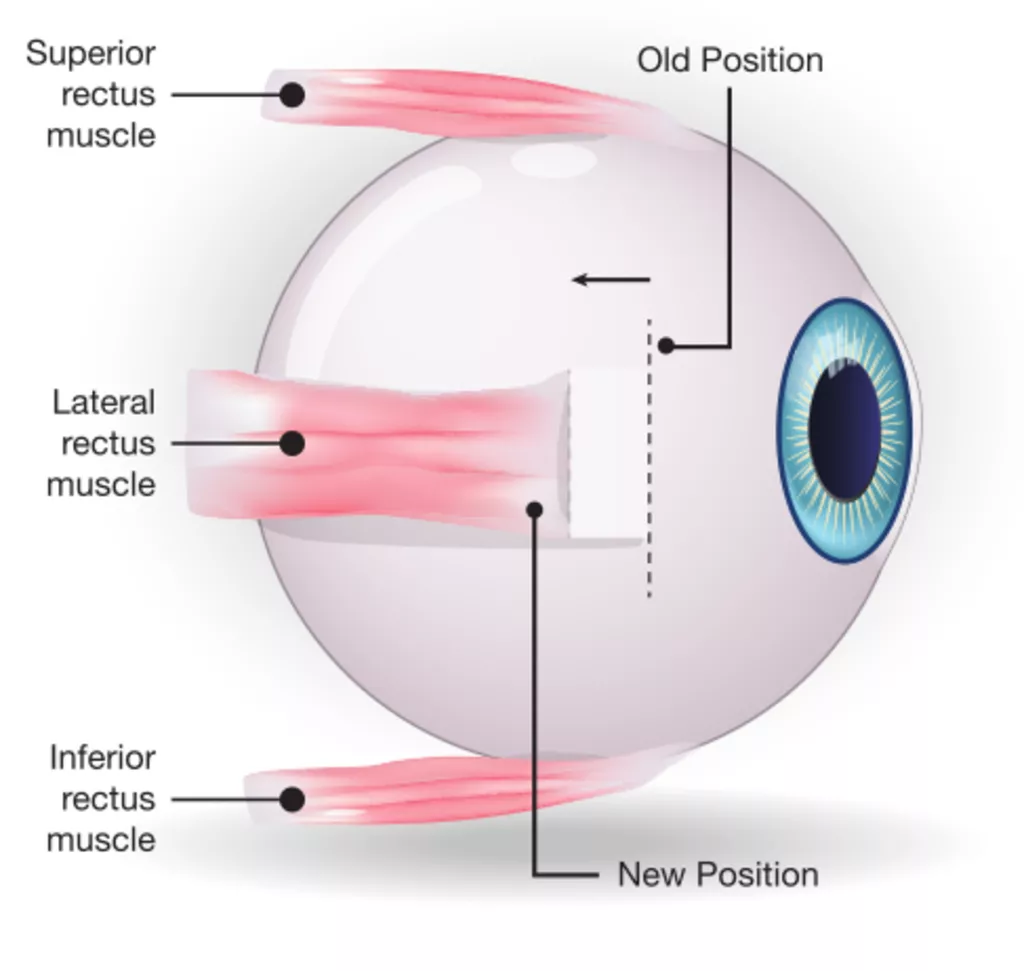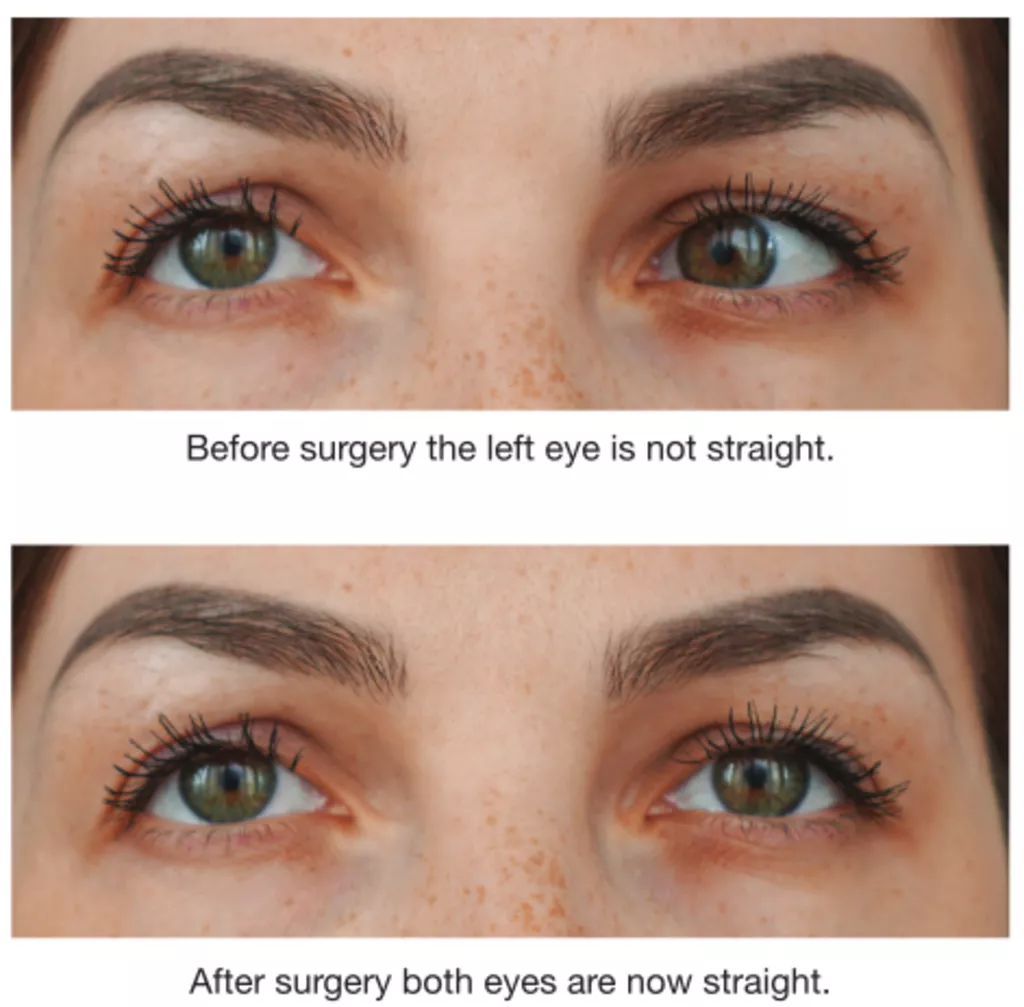What is adult strabismus (squint)?
Strabismus (commonly known as squint) is a condition in which the eyes are not aligned properly and point in different directions. When it occurs in adults, it is called adult strabismus.
What causes squints in adults?
Most adults
with squints have had the condition since childhood. However, squints
can also begin in adulthood due to medical problems, such as strokes,
diabetes, thyroid disease, myasthenia gravis, brain tumors and head
trauma.
Occasionally, misalignment of the eyes can also occur
after surgery on or around the eye (eg: retinal surgery) if the eye
muscles are damaged during the procedure.

What are the symptoms of squints?
Adults with squints may experience eye fatigue, double vision, overlapped or blurred images, a pulling sensation around the eyes, reading difficulty and loss of depth perception.
To correct their inability to focus properly, many adults with squints have to tilt or turn their heads when focusing. They may also be unable to make direct eye contact with both eyes when looking at people.
How are squints in adults treated?
Squints in adults can be treated using several methods including:
- Eye muscle exercises, can be most helpful in treating a condition called convergence insufficiency, a form of squint in which the eyes cannot align themselves for close work or reading.
- Prism eyeglasses, these can correct mild double vision associated with squints in adults. A prism is a clear, wedge-shaped lens that bends, or refracts light rays. Prism eyeglasses realign images together so that the eyes see only one image. Temporary adhesive prisms can be worn on the outside of the eyeglasses frames or can be manufactured directly into the lens itself. Prism eyeglasses usually cannot correct more severe cases of double vision where images are too far apart and the eye misalignment is too large.
- Eye muscle surgery, is the most common treatment for squints. Typically, squints occur when the muscles surrounding the eyes are either too stiff or too weak. Surgery can loosen, tighten or reposition selected eye muscles so that the eyes can be rebalanced to work together.
What are the benefits of surgery?
Surgery can:
- Improve eye alignment
- Reduce or eliminate double vision
- Improve or restore the use of both eyes together (binocular visual function)
- Reduce eye fatigue
- Expand peripheral (side) vision
- Improve social and professional opportunities

How is squint surgery performed?
It is usually performed on an outpatient basis but under general anaesthesia. The position of one or more eye muscles is altered depending on the type of squint. Patients may experience some discomfort after surgery, sometimes requiring painkillers for a few days. Normal activities can often be resumed within a few days. More than one surgery may be needed to treat this condition depending on the severity of the case.
Adjustable stitches surgery
To obtain more precise alignment of the eyes, the surgeon may use adjustable slip-knot stitches. This allows the eye alignment to be fine-tuned immediately after waking from surgery, under local anaesthetic.
What are the risks of squint surgery?
Vision loss from squint surgery is extremely rare. However, as with all surgeries, there are risks to consider. Complications can include allergic reaction to the anaesthesia, infection, reduced vision (usually temporary), double vision within the first week or two after surgery (long lasting double vision is very rare) and inadequate eye alignment.
It is never too late to treat squints
Adults do not need to live with the discomfort and problems caused by misaligned eyes. Surgery, and/or a combination of other treatment methods, can improve the symptoms associated with squints.

